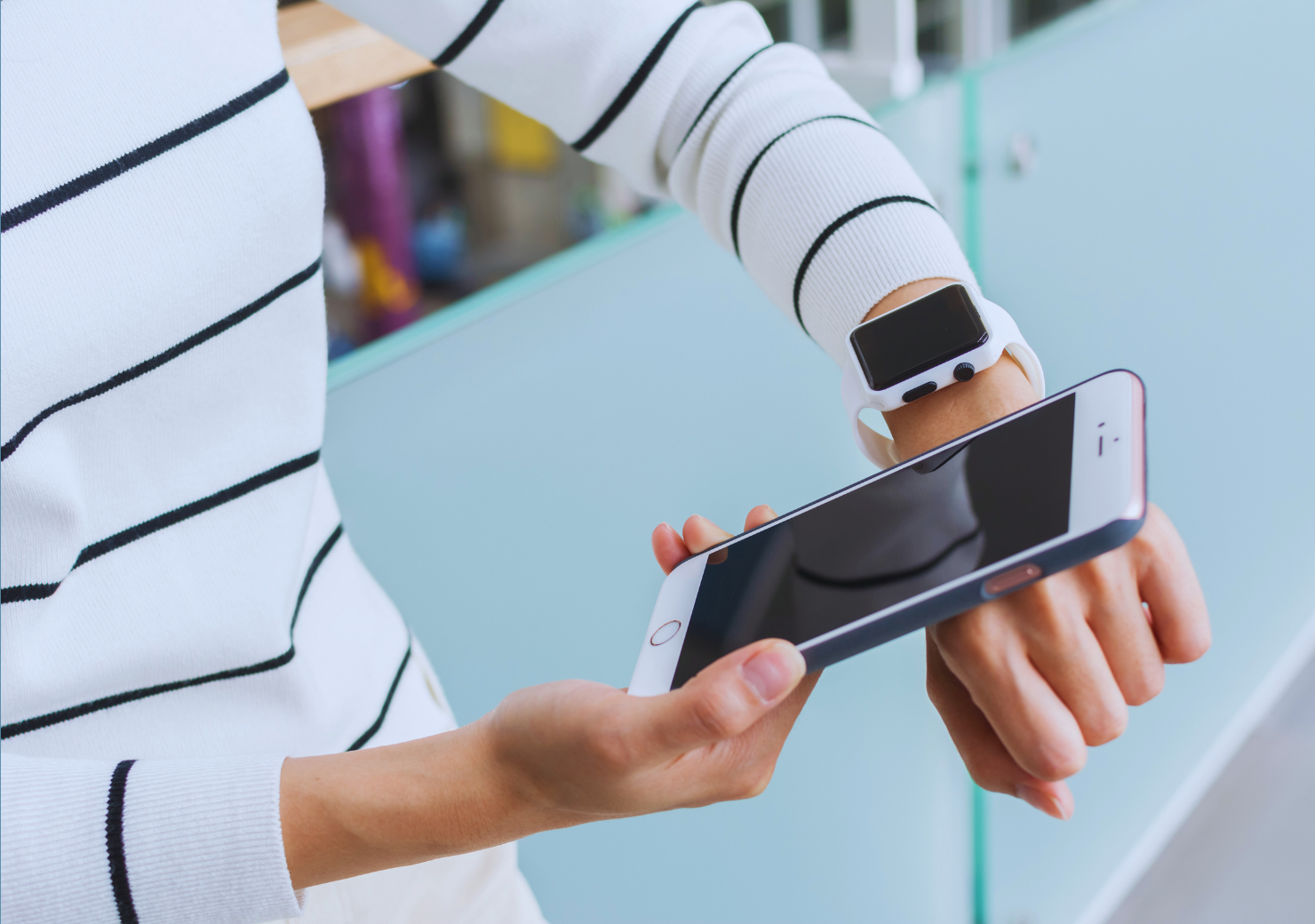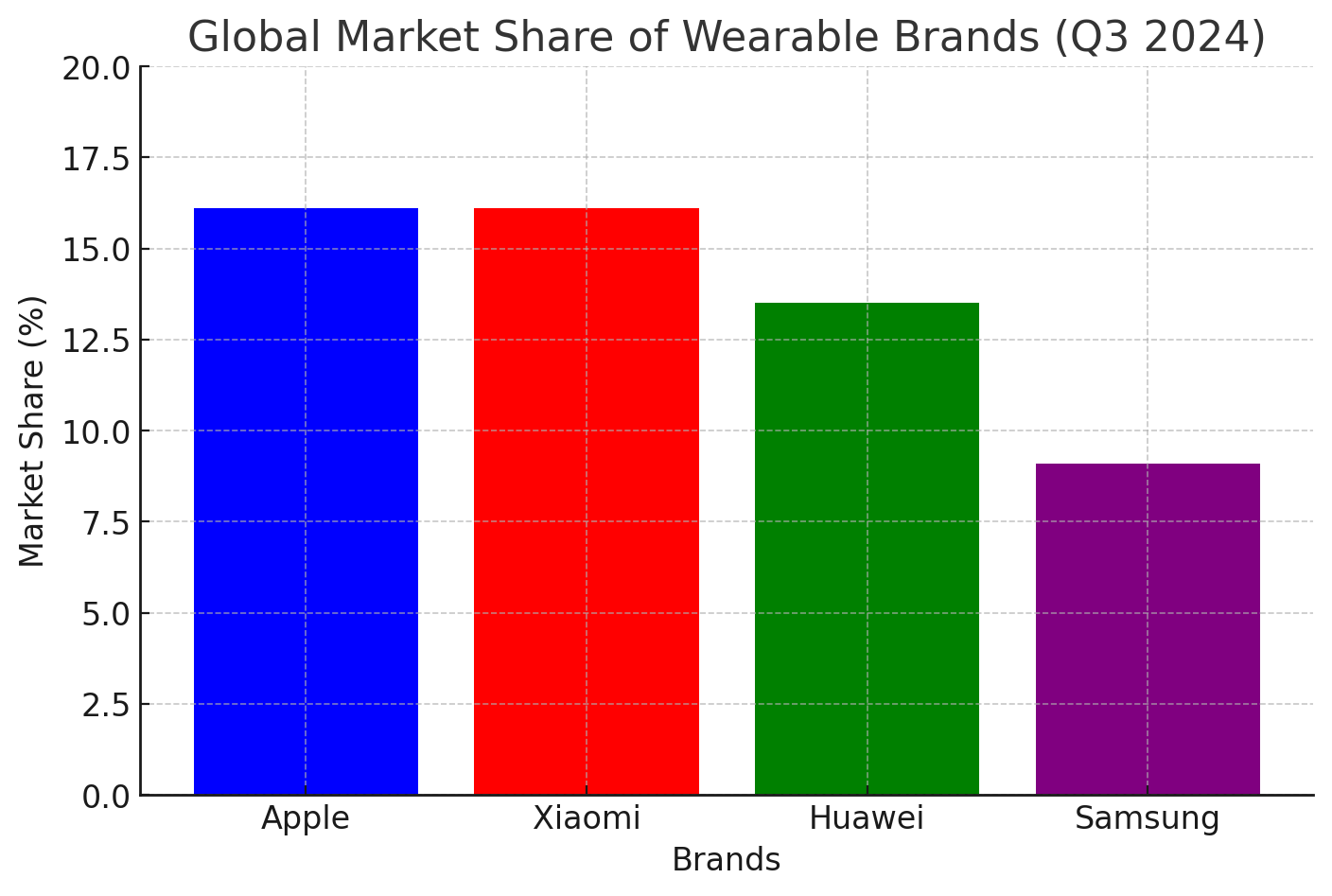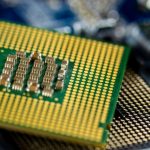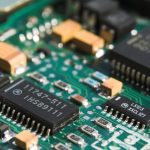Wearable technology has become an integral part of daily life, providing significant conveniences in health tracking, communication, and personal productivity. However, despite the advantages they offer, one of the biggest challenges of these devices remains their limited battery life. A smartwatch or fitness tracker that needs to be charged multiple times a day can negatively impact the user experience. Fortunately, by implementing certain strategies, the battery life of wearable tech devices can be significantly extended. In this article, we will explore in detail how to maximize battery performance, from optimizing display settings to smart charging habits.

Optimize Display Settings: Reduce Brightness and Enable Power-Saving Mode
The display of wearable devices is one of the components that consumes the most power. High-resolution and always-on screens can quickly drain the battery. Therefore, reducing brightness and preventing unnecessary screen illumination can minimize energy consumption.
Most smartwatches and fitness bands have an automatic brightness adjustment feature. This function allows the screen to dim or brighten based on ambient light. Manually adjusting brightness to an optimal level helps prevent unnecessary battery drain.
Additionally, activating power-saving modes can make a noticeable difference. Many devices include modes that lower screen refresh rates, limit animations, or disable certain interface elements to save power. Enabling “Low Power Mode” or “Battery Saver Mode” in your device settings can help extend battery life.
Manage Notifications: Minimize Unnecessary Alerts
Frequent notifications are one of the main factors that cause rapid battery depletion. Smartwatches and fitness trackers use vibrations or screen illumination to notify users of calls, messages, and app alerts. Every time a notification is received, the device consumes extra power.
To prolong battery life, keeping only essential notifications active is an effective method. Social media alerts, promotional emails, and non-urgent notifications can lead to unnecessary power consumption. By customizing notification settings, users can preserve battery life.
Furthermore, using features like Do Not Disturb Mode or Silent Mode during certain periods can further reduce power usage. For example, enabling these modes during sleep hours or meetings can help conserve battery power.

Limit Background Processes: Close Unused Apps and Features
Many wearable devices run multiple applications and sensors in the background. Features like GPS, heart rate monitoring, Wi-Fi, and Bluetooth connections can drain the battery quickly. Disabling unnecessary functions and using them only when needed can significantly extend battery life.
GPS, in particular, is one of the most power-consuming features. While it is essential for navigation, running, or cycling activities, keeping it constantly active can rapidly deplete the battery. Instead, users can limit GPS usage or rely on smartphone synchronization for location tracking to optimize battery performance.
Similarly, Wi-Fi and Bluetooth connections should be used only when necessary. For example, some devices can automatically disable Wi-Fi or Bluetooth when they are in close proximity to a paired smartphone.
Update Smartly: Keep Your Device Updated Without Draining the Battery
Software updates not only enhance device performance but also improve battery optimization. Manufacturers often introduce firmware updates that include energy-saving algorithms. However, installing updates at the wrong time can lead to excessive battery consumption.
To minimize the impact of software updates on battery life, it is best to update the device while charging or during periods of low usage, such as overnight. Additionally, enabling automatic updates selectively can ensure that only necessary updates are installed while avoiding unnecessary power drain.
Some devices allow users to disable automatic updates and manually install only critical system upgrades. Using this feature can help maintain battery efficiency while keeping the device up to date.

Utilize Battery-Saving Modes Effectively
Most smart devices come with built-in battery-saving modes designed to reduce energy consumption and extend battery life. These modes automatically adjust various settings to optimize power usage.
For example:
- Low Power Mode: Limits background applications, reduces screen refresh rates, and disables unnecessary connections.
- Airplane Mode: Turns off all wireless connections, significantly reducing battery drain.
- Theater Mode: Prevents the screen from waking up with motion or touch, ensuring it only activates when necessary.
- Ultra Power Saving Mode: Disables all non-essential functions, keeping only basic features like time display and step tracking active.
Using these modes strategically can help extend battery life. For instance, activating them during sleep or long meetings can prevent unnecessary power consumption.
What are the best wearable device brands?
The best wearable device brands vary based on functionality and user preferences. Apple leads the smartwatch market with the Apple Watch, offering seamless integration for iPhone users, while Samsung’s Galaxy Watch series is a top choice for Android users. Garmin and Polar cater to fitness enthusiasts with advanced tracking and long battery life, whereas Fitbit (by Google) balances affordability and health monitoring. Huawei and Amazfit provide budget-friendly alternatives with impressive battery performance. For smart glasses, Meta (Ray-Ban Stories) and Google Glass dominate, while Vuzix and Snap Spectacles focus on enterprise and social applications. Sleep and recovery tracking are best with the Oura Ring and WHOOP Band, whereas Coros appeals to endurance athletes. Those looking for compact wearables can consider the Motiv Ring or Amazfit’s smart rings. Ultimately, Apple is best for iPhone users, Samsung for Android, Garmin and Polar for athletes, Fitbit for casual fitness tracking, and Oura for sleep monitoring, ensuring that there’s an ideal wearable for every need.
What are the global adoption rates of the best wearable device brands?
According to data from https://en.wikipedia.org/, the global adoption rates of the top wearable device brands are as follows:

Here is a bar chart illustrating the global market share of top wearable brands in Q3 2024
Charge Wisely: Best Practices for Maintaining Long-Term Battery Health
One of the most crucial aspects of extending the battery life of wearable devices is adopting proper charging habits. Lithium-ion batteries degrade over time if they are not charged correctly. To maximize battery lifespan, users should follow these guidelines:
- Keep the battery level between 20% and 80%: Avoid letting the battery completely drain or charge to 100% regularly, as this can shorten its lifespan.
- Use original chargers: Third-party chargers may provide incorrect voltage or current, potentially damaging the battery.
- Avoid extreme temperatures: Charging or using a device in excessively hot or cold environments can negatively affect battery performance. It is best to charge the device in a cool, dry place.
- Be mindful of wireless charging: While convenient, wireless charging generates heat, which can accelerate battery degradation over time. Using traditional wired charging when possible is a better option.
Extending the battery life of wearable tech devices requires a combination of smart usage habits, optimized settings, and proper charging practices. Adjusting display settings, limiting unnecessary notifications, disabling background processes, and adopting efficient charging methods can significantly enhance battery performance. Additionally, using power-saving modes and updating software strategically can help maintain long-term battery health.
As battery technology continues to evolve, future advancements may reduce the need for frequent charging. Until then, implementing these strategies will enable users to make the most of their devices, ensuring they remain functional and convenient for longer periods without frequent recharging.










